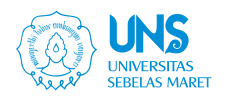GEOCAPABILITIES COMPETENCE OF HIGH SCHOOL GEOGRAPHY TEACHERS IN CENTRAL JAVA, INDONESIA; WHAT IS IT AND HOW DO WE ASSESS IT?
Abstract
Keywords
Full Text:
PDFReferences
Baldacchino, G. (2004). Thinking geographically: space, theory and contemporary human geography. Political Geography, 23(6), 804–806. https://doi.org/10.1016/j.polgeo.2004.04.005
Bergmann, L., & Lally, N. (2021). For geographical imagination systems. Annals of the American Association of Geographers, 111(1), 26–35. https://doi.org/10.1080/24694452.2020.1750941
Bustin, R., Lambert, D., & Tani, S. (2020). The development of GeoCapabilities: reflections, and the spread of an idea. International Research in Geographical and Environmental Education, 29(3), 201–205. https://doi.org/10.1080/10382046.2020.1749773
Bladh, G. (2020). GeoCapabilities, Didaktical analysis and curriculum thinking–furthering the dialogue between Didaktik and curriculum. International Research in Geographical and Environmental Education, 29(3), 206-220.
Choo, S., Sawch, D., Villanueva, A., & Vinz, R. (2016). Educating for the 21st Century: Perspectives, policies and practices from around the world. Educating for the 21st Century: Perspectives, Policies and Practices from Around the World, 1–490. https://doi.org/10.1007/978-981-10-1673-8
de la Vega, A. G. (2022). A Proposal for Geography Competence Assessment in Geography Fieldtrips for Sustainable Education. Sustainability (Switzerland), 14(3). https://doi.org/10.3390/su14031429
de Wet, T., & Rothmann, S. (2022). Perceived 21st-century competencies as capabilities of secondary school teachers in a South African context. SA Journal of Industrial Psychology, 48, 1–12. https://doi.org/10.4102/sajip.v48i0.2003
Devi, M., Annamalai, M. A. R., & Veeramuthu, S. P. (2020). Literature education and industrial revolution 4.0. Universal Journal of Educational Research, 8(3), 1027–1036. https://doi.org/10.13189/ujer.2020.080337
Drake, S., & Reid, J. (2018). Integrated Curriculum as an Effective Way to Teach 21st Century Capabilities. Asia Pacific Journal of Educational Research, 1(1), 31–50. https://doi.org/10.30777/apjer.2018.1.1.03
Gilbert, R. (2019). General capabilities in the Australian curriculum: promise, problems and prospects. Curriculum Perspectives, 39(2), 169–177. https://doi.org/10.1007/s41297-019-00079-z
Graham, L. J., White, S. L. J., Cologon, K., & Pianta, R. C. (2020). Do teachers’ years of experience make a difference in the quality of teaching? Teaching and Teacher Education, 96, 103190. https://doi.org/10.1016/j.tate.2020.103190
Gutiérrez Martín, A., Pinedo González, R., & Gil Puente, C. (2022). Competencias TIC y mediáticas del profesorado.: Convergencia hacia un modelo integrado AMI-TIC. Comunicar: Revista Científica de Comunicación y Educación, ISSN 1134-3478, No 70, 2022 (Ejemplar Dedicado a: Nuevos Retos Del Profesorado Ante La Enseñanza Digital), Págs. 21-33, 70(70), 21–33. https://dialnet.unirioja.es/servlet/articulo?codigo=8198766&info=resumen&idioma=SPA%0Ahttps://dialnet.unirioja.es/servlet/articulo?codigo=8198766&info=resumen&idioma=ENG%0Ahttps://dialnet.unirioja.es/servlet/articulo?codigo=8198766
Haigh, M., & Clifford, V. A. (2011). Integral vision: A multi-perspective approach to the recognition of graduate attributes. Higher Education Research and Development, 30(5), 573–584. https://doi.org/10.1080/07294360.2011.598448
Hart, C. S. (2009). Quo vadis? the capability space and new directions for the philosophy of educational research. Studies in Philosophy and Education, 28(5), 391–402. https://doi.org/10.1007/s11217-009-9128-4
Hines, J. M., Hungerford, H. R., & Tomera, A. N. (1987). Analysis and synthesis of research on responsible environmental behavior: A meta-analysis. Journal of Environmental Education, 18(2), 1–8. https://doi.org/10.1080/00958964.1987.9943482
Hinchliffe, G. (2009). Capability and deliberation. Studies in Philosophy and Education, 28, 403-413.
Jo, I., & Bednarz, S. W. (2009). Evaluating geography textbook questions from a spatial perspective: Using concepts of space, tools of representation, and cognitive processes to evaluate spatiality. Journal of Geography, 108(1), 4–13. https://doi.org/10.1080/00221340902758401
Kai, S., Chu, W., Reynolds, R. B., Tavares, N. J., & Notari, M. (2021). 21st Century Learning. https://doi.org/10.4018/978-1-7998-4102-9.ch002
Kemendikbudristek. (2022). Peraturan Menteri Pendidikan dan Kebudayaan Republik Indonesia. Nomor 56/M/2022. Tentang pedoman penerapan kurikulum dalam rangka pemulihan pembelajaran. Ditetapkan di Jakarta pada tanggal 22 Juni 2022. Jdih.Kemdikbud.Go.Id, 108(8.5.2017), 14–24.
Levis, M. (2013). Metode Penelitian Perilaku Petani. Hematology / the Education Program of the American Society of Hematology. American Society of Hematology. Education Program, 2013, 220–226. https://doi.org/10.1182/asheducation-2013.1.220
Martin, R., & Austen, H. (1999). The Art of Integrative Thinking. Rotman Management, 2–5.
McWilliam, E. (2017). Today’s Children, Tomorrow’s Creatives: Living, Learning and Earning in the Conceptual Age. In S. Choo, D. Sawch, A. Villanueva, & R. Vinz (Eds.), Educating for the 21st Century: Perspectives, Policies and Practices from around the World. Singapore: Springer., 1, 1–17. https://doi.org/https://doi.org/10.1007/978-981-10-1673-8_1
Mitchell, P. (2022). Harnessing digital technologies for workforce development, education and training: an overview. British Journal of Healthcare Assistants, 16(12), 577-583.
Parmigiani, D., Jones, S. L., Kunnari, I., & Nicchia, E. (2022). Global competence and teacher education programmes. A European perspective. Cogent Education, 9(1). https://doi.org/10.1080/2331186X.2021.2022996
Partnership for 21st Century learning. (2016). 21st CENTURY STUDENT OUTCOMES. 1–9. http://www.p21.org/our-work/p21-framework
Soegiyono. (2019). Metode Penelitian Kuantitatif, Kualitatif dan R&D.
Solem, M. (2020). Geography education’s potential and the capability approach: GeoCapabilities and schools. International Research in Geographical and Environmental Education, 29(3), 275–278. https://doi.org/10.1080/10382046.2020.1749769
Stehle, S. M., & Peters-Burton, E. E. (2019). Developing student 21st Century skills in selected exemplary inclusive STEM high schools. International Journal of STEM Education, 6(1), 1–15. https://doi.org/10.1186/s40594-019-0192-1
Su, Y. (2014). Self-directed, genuine graduate attributes: the person-based approach. Higher Education Research and Development, 33(6), 1208–1220. https://doi.org/10.1080/07294360.2014.911255
Sulaiman, J., & Ismail, S. N. (2020). Teacher competence and 21st century skills in transformation schools 2025 (TS25). Universal Journal of Educational Research, 8(8), 3536–3544. https://doi.org/10.13189/ujer.2020.080829
Syawaludin, A., Gunarhadi, & Rintayati, P. (2019). Development of augmented reality-based interactive multimedia to improve critical thinking skills in science learning. International Journal of Instruction, 12(4), 331–344. https://doi.org/10.29333/iji.2019.12421a
Topchyan, R., & Woehler, C. (2021). Do Teacher Status, Gender, and Years of Teaching Experience Impact Job Satisfaction and Work Engagement? Education and Urban Society, 53(2), 119–145. https://doi.org/10.1177/0013124520926161
Walkington, H., Dyer, S., Solem, M., Haigh, M., & Waddington, S. (2018). A capabilities approach to higher education: geocapabilities and implications for geography curricula. Journal of Geography in Higher Education, 42(1), 7–24. https://doi.org/10.1080/03098265.2017.1379060
Xu, M., David, J. M., & Kim, S. H. (2018). The fourth industrial revolution: Opportunities and challenges. International Journal of Financial Research, 9(2), 90–95. https://doi.org/10.5430/ijfr.v9n2p90
Yusrizal, Y., Hajar, I., & Tanjung, S. (2019). Analysis of Elementary School Teachers’ Ability in Using ICT Media and Its Impact on the Interest to Learn of Students in Banda Aceh. Budapest International Research and Critics in Linguistics and Education (BirLE) Journal, 2(3), 37–49. https://doi.org/10.33258/birle.v2i3.352
Refbacks
- There are currently no refbacks.

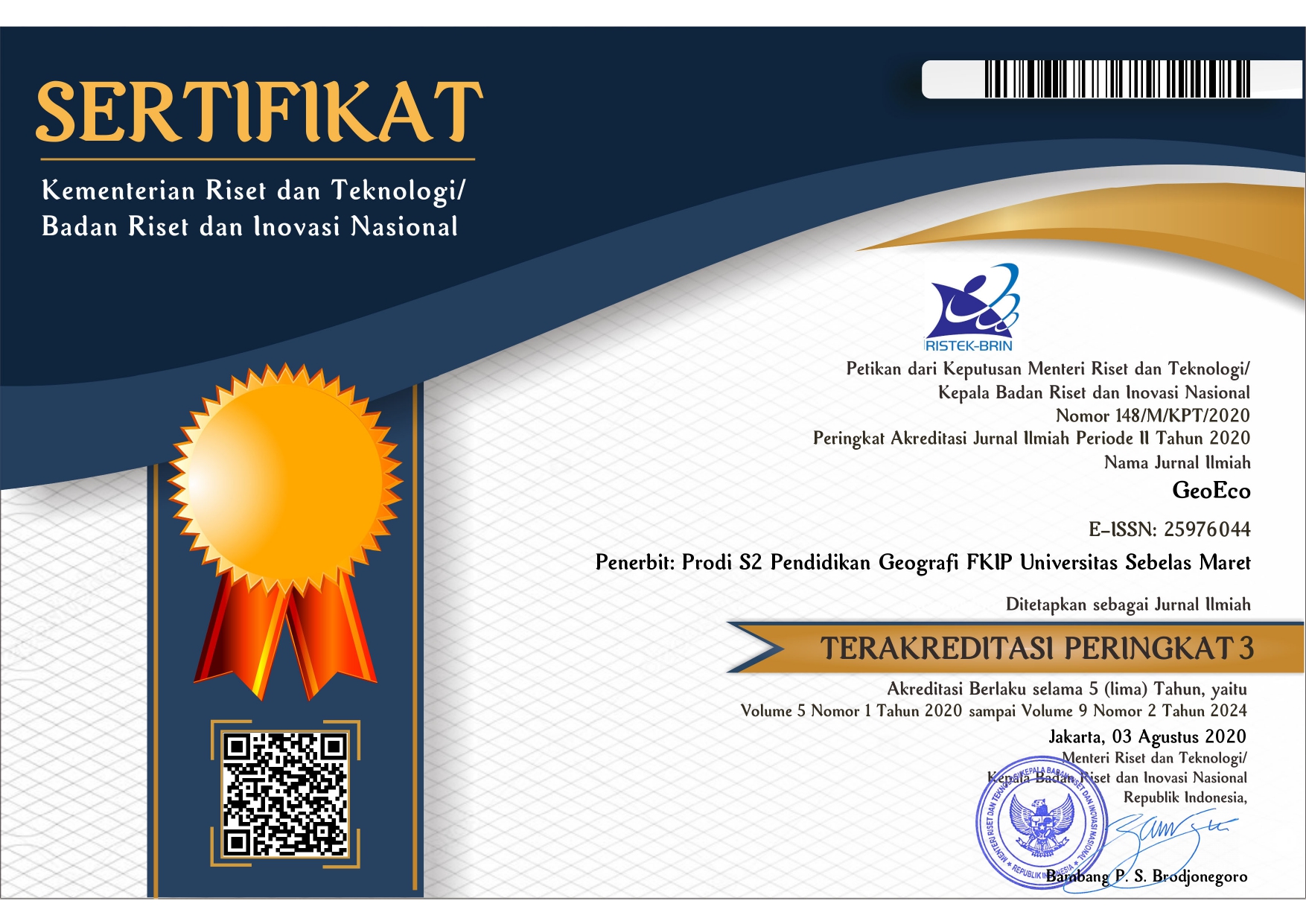





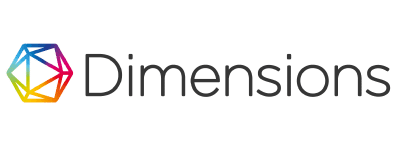
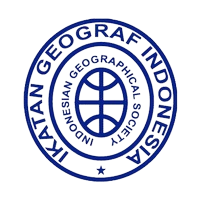
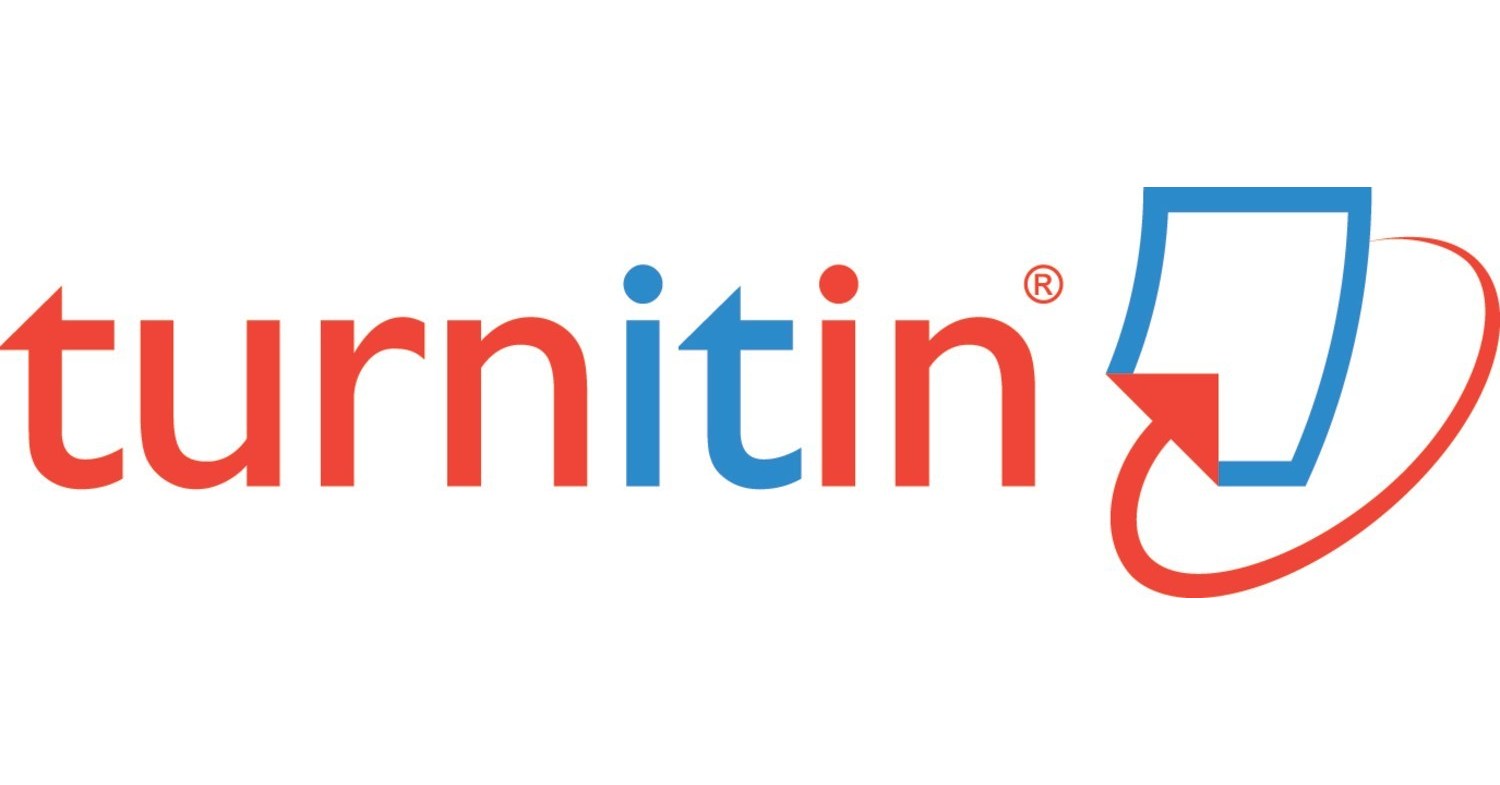


.png)

